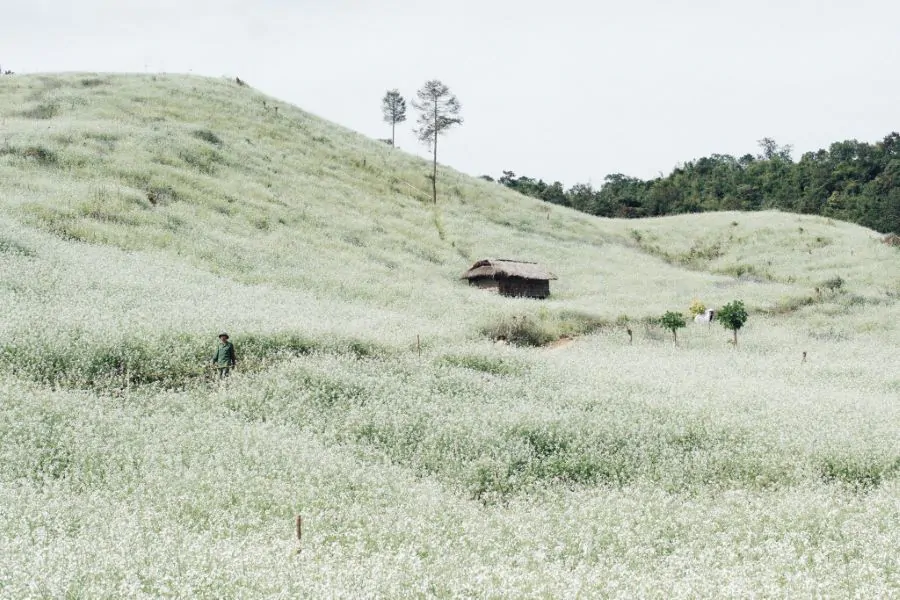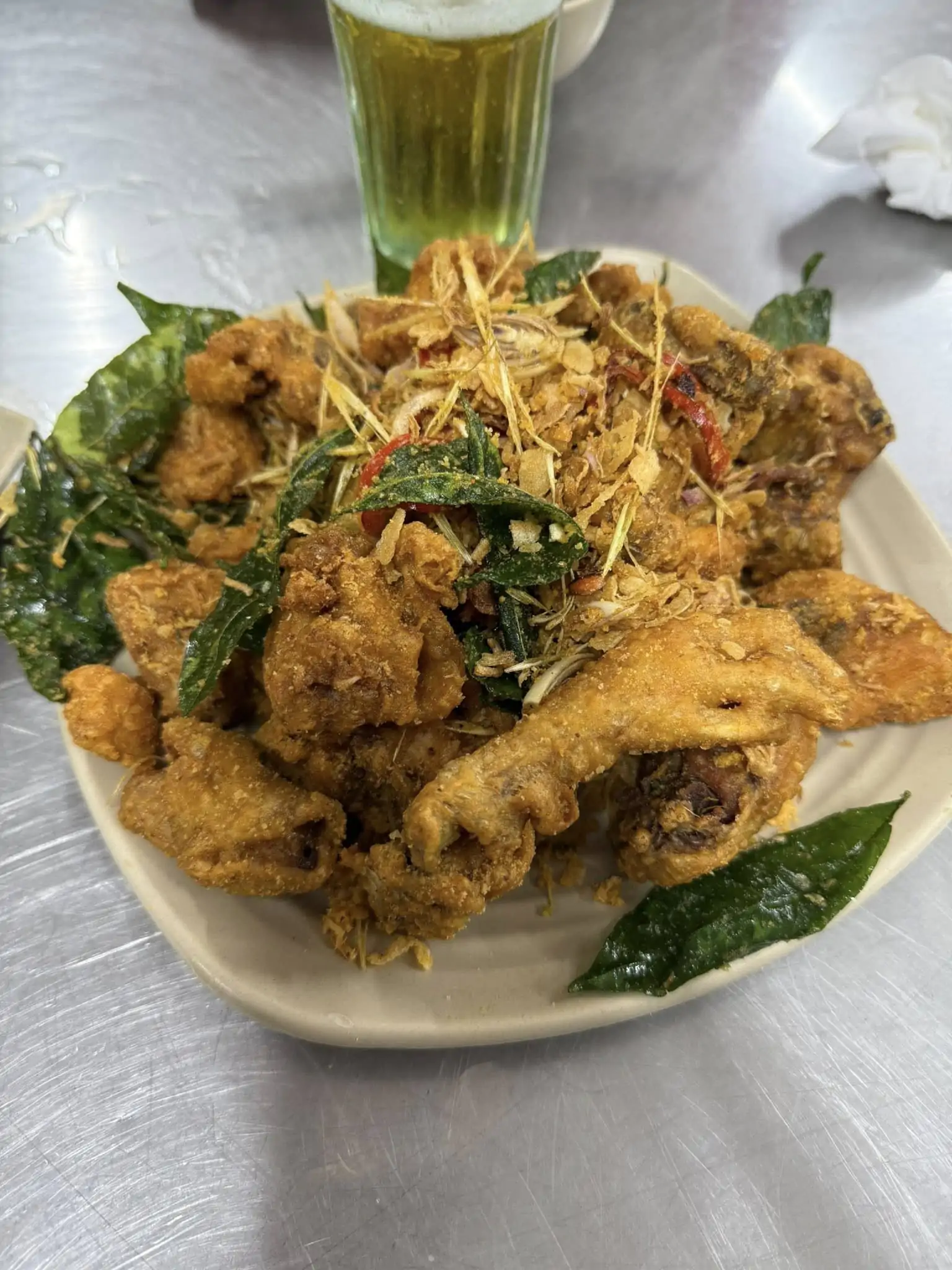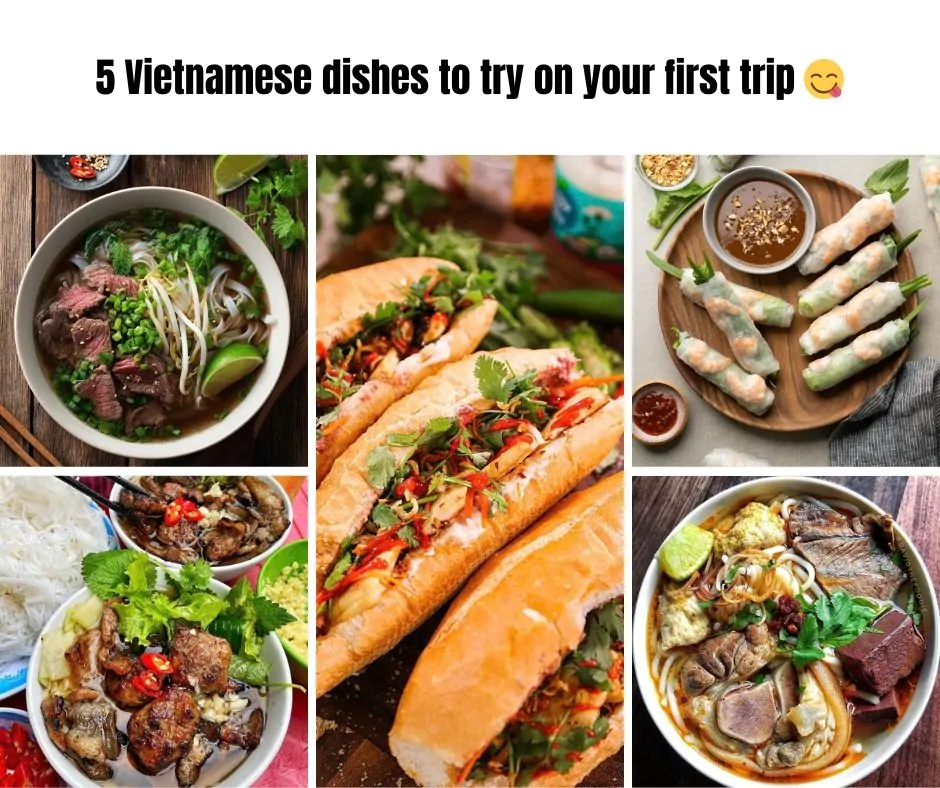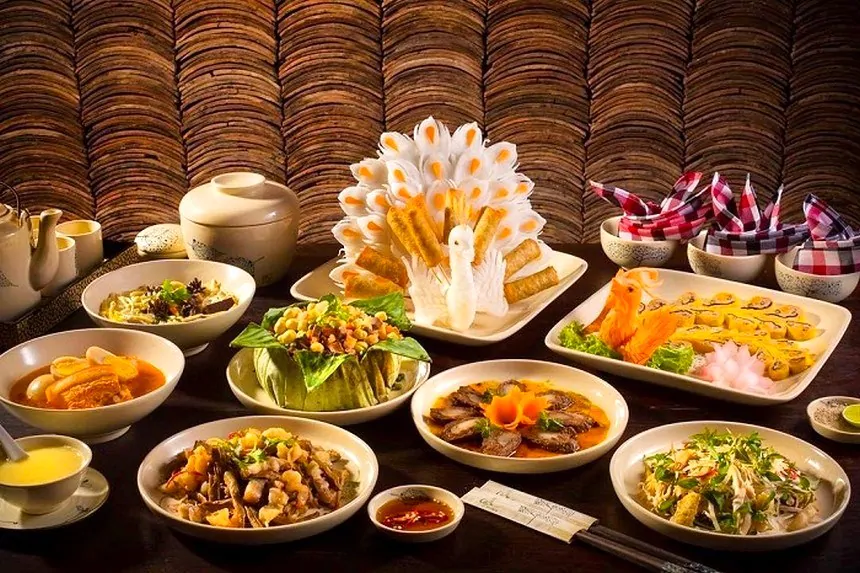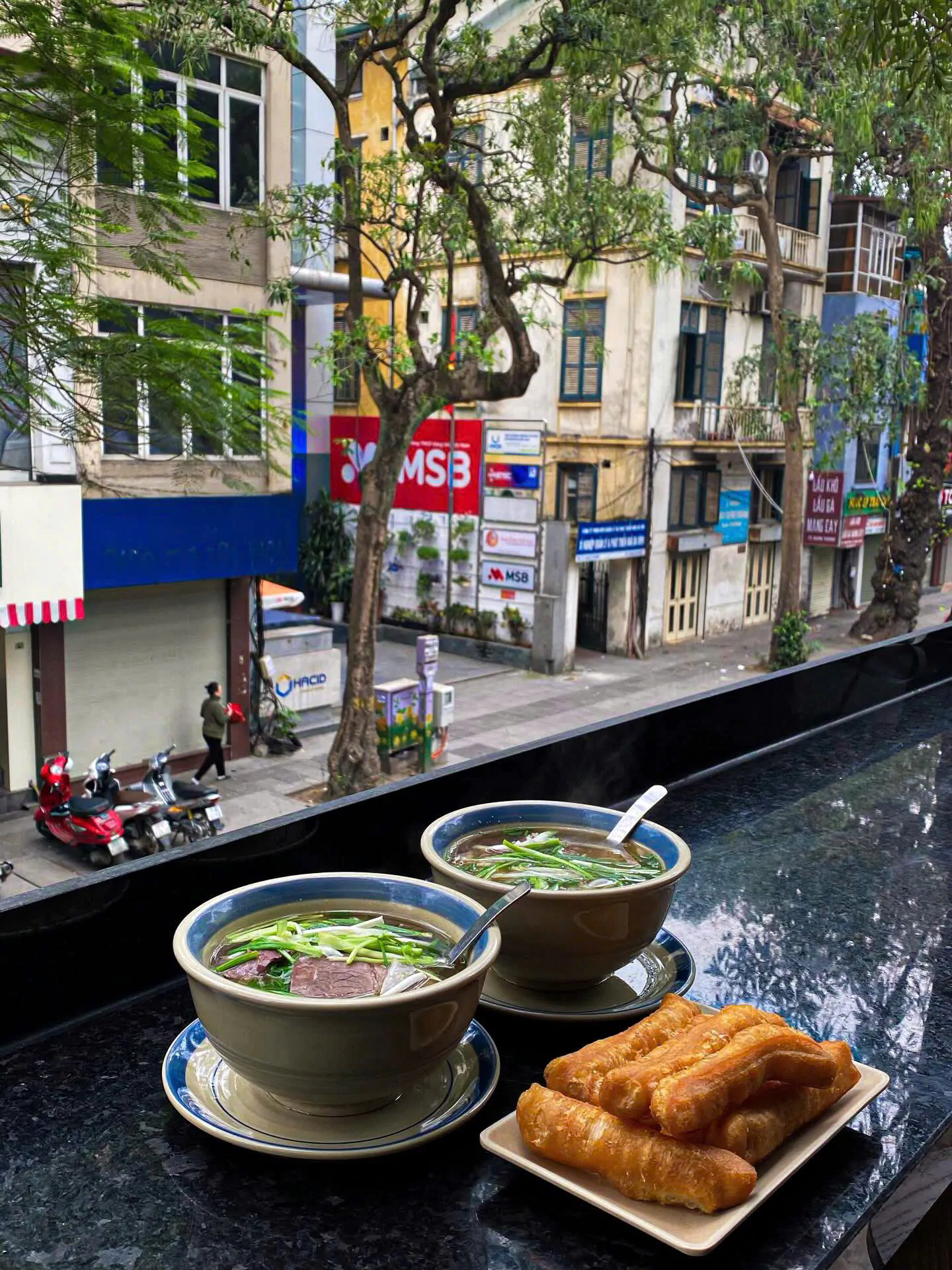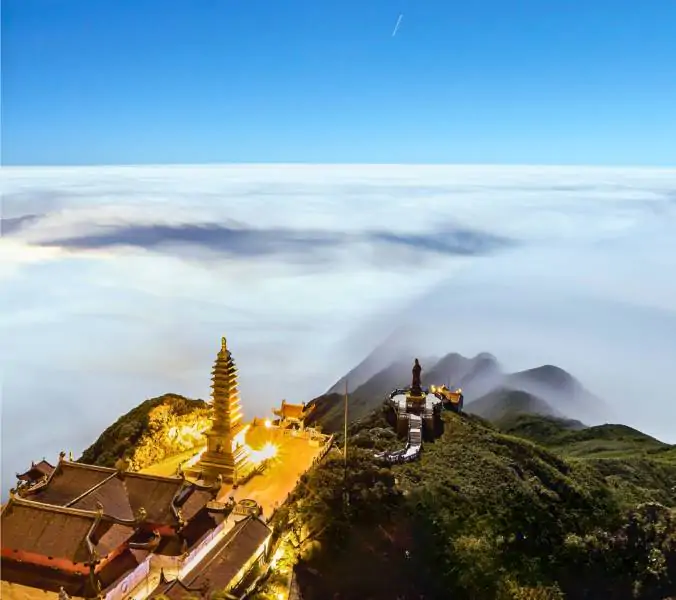Contents
Just a few hours from popular Halong tours, the sacred complex of Yen Tu – Vinh Nghiem – Con Son Kiep Bac invites travelers to explore Vietnam’s rich spiritual heritage. Recognized by UNESCO, this destination blends breathtaking nature with centuries of Zen Buddhist tradition.

1. Introduction
In July 2025, during the 47th session of the UNESCO World Heritage Committee in Paris, France, Vietnam achieved a remarkable milestone as the Yen Tu – Vinh Nghiem – Con Son, Kiep Bac Complex was officially designated as a UNESCO World Cultural Heritage Site. It became the country’s ninth World Heritage Site and only the second trans-provincial cultural heritage listing after Ha Long Bay – Cat Ba Archipelago.

This sacred complex, rooted in Vietnam’s rich spiritual and philosophical traditions, is intimately tied to the legacy of Truc Lam Zen Buddhism, a uniquely Vietnamese school of Mahayana Buddhism founded in the 13th century. More than a collection of temples and relics, this living heritage embodies a deep harmony between people, nature, and spiritual thought.
2. Location and Accessibility
The complex spans three northern provinces:
- Quang Ninh: Home to Yen Tu Mountain, the spiritual epicenter of Truc Lam Zen Buddhism.
- Bac Giang: Location of Vinh Nghiem Pagoda, an important monastic training center and manuscript archive.
- Hai Duong: Home to Con Son and Kiep Bac, sites linked to Zen masters and national heroes.
How to Get There: – From Hanoi, visitors can reach any of the three main sites within 2.5 to 4 hours by car or motorbike. – Noi Bai International Airport serves as the closest major gateway for international tourists. – Many travel agencies offer guided heritage and spiritual tours, including Vietnam Discovery Tours, which provides multi-day customized experiences.
3. Historical and Spiritual Importance
The complex holds immense cultural and spiritual value as the birthplace of Truc Lam Zen Buddhism, established by King Tran Nhan Tong, who abdicated his throne in the late 13th century to become a monk. His teachings advocated for moral discipline, simplicity, and a deep connection to nature.

Truc Lam Zen is distinctive in its integration of Mahayana Buddhism with Confucian ethics, Taoist cosmology, and Vietnamese indigenous beliefs. This philosophical synthesis shaped Vietnam’s cultural identity and continues to inspire spiritual reflection, social harmony, and ecological respect.
Throughout history, the complex served as a spiritual hub, educational center, and political symbol. The continued practice and preservation of its teachings underscore its lasting relevance.
4. Highlights of the Complex
4.1 Yen Tu Mountain (Quang Ninh)
Yen Tu is revered as the “sacred roof of Vietnam.” Its slopes are lined with pagodas, stupas, and meditation caves. Pilgrims ascend over 1,000 meters to reach Dong Pagoda, perched on the summit, either by trekking or via cable car.

Key landmarks: – Hoa Yen Pagoda – Am Ngoa Van (where King Tran Nhan Tong attained enlightenment) – Bronze statues, stone towers, and ancient Zen relics
4.2 Vinh Nghiem Pagoda (Bac Giang)
Situated beside the Luc Nam River, Vinh Nghiem is renowned for its wooden printing blocks of Buddhist scriptures, inscribed in 2012 in UNESCO’s Memory of the World Program. It remains an active monastic training site.

4.3 Con Son – Kiep Bac (Hai Duong)
These sites pay tribute to both Buddhist masters and national heroes: – Con Son: Associated with Zen master Huyen Quang and poet Nguyen Trai – Kiep Bac: Dedicated to General Tran Hung Dao, a spiritual and military icon
Annual festivals here attract thousands of pilgrims and history enthusiasts.

5. UNESCO Recognition and Global Value
UNESCO recognized the complex based on Criteria (iii) and (vi):
- Criterion (iii): The site is a unique representation of how the Vietnamese people, monarchy, and religious leaders co-developed a spiritual and cultural identity that influenced national resilience and unity.
- Criterion (vi): The enduring philosophy of Truc Lam Zen reflects universal values: peace, compassion, ecological harmony, and cultural synthesis. These ideals align with UNESCO’s mission of fostering global peace and mutual understanding.
The heritage also exemplifies successful preservation through collaboration between government, religious communities, and local citizens.
6. Best Time to Visit & Travel Tips
6.1 Best Time to Visit
- Spring (Feb – April): Popular for festivals, including the Yen Tu Spring Festival
- Autumn (Sep – Nov): Mild weather and scenic beauty
6.2 Travel Tips
- Wear comfortable shoes and respectful clothing (especially at temples)
- Carry essentials: water, hat, sunscreen, and snacks
- Avoid weekends if you prefer quieter trails
- Learn basic temple etiquette: remove shoes, keep silent, avoid pointing
7. Book a Tour with Vietnam Discovery Tours
Vietnam Discovery Tours offers personalized tour packages for: – 1-day or multi-day cultural heritage itineraries – Guided pilgrimages to all three provinces – Meditation and mindfulness retreats – Spiritual dialogue sessions with local monks
✅ Transportation, accommodation, meals, and interpretation are all included.
📲 WhatsApp us now to plan your spiritual journey: +84 799 702 888
8. Conclusion
The Yen Tu – Vinh Nghiem – Con Son Kiep Bac Complex is not only a testament to Vietnam’s rich spiritual past but also a beacon of cultural unity and inner peace. It symbolizes the deep-seated harmony between humans and nature, the reverence for wisdom, and the resilience of a culture grounded in compassion.
Whether you’re a spiritual seeker, a history lover, or a cultural traveler, this UNESCO World Heritage Site offers a profound and memorable experience. Walk the paths of ancient monks, listen to the echoes of bronze bells, and feel the timeless spirit of Vietnam.











